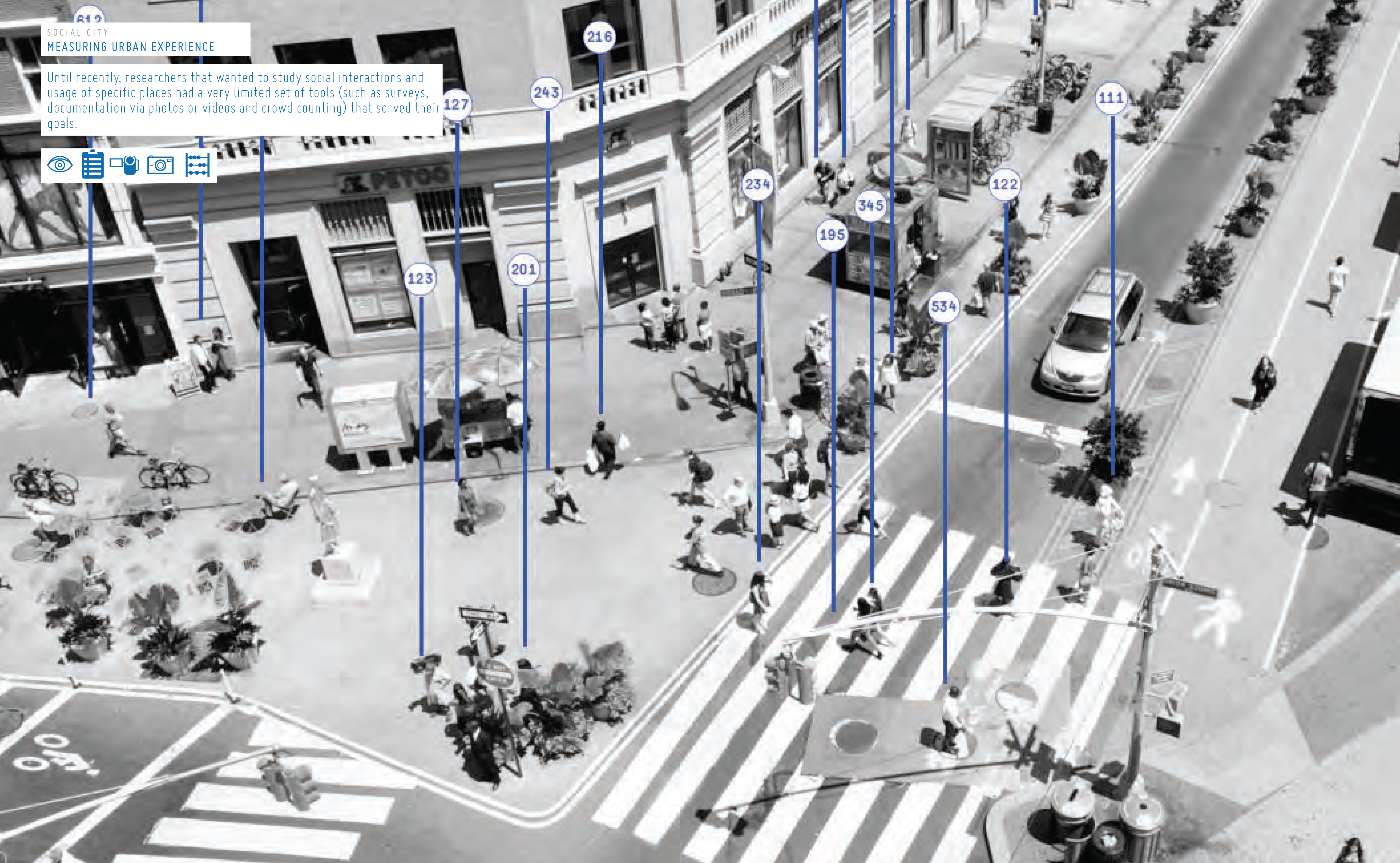How do we measure the value of lighting?
Chicago, USA
"Today’s digital revolution has transformed the way we process the volume of information produced by cities every day. With the emergence of digital data and ubiquitous use of mobile social network services, new opportunities arise for researchers to develop tools grounded to new data sources. What makes these sources particularly useful for geospatial analysis is that they are available across municipal, provincial, and national borders. Wherever the web service has users, data is available to researchers, which are no longer dependent on conventional data sources." - Sarah Williams.

"Atlas of Lighting is a joint project between Philips, MIT Center for Advanced Urbanism and MIT Civic Data Design Lab that responds to the need for an integrated and scientific understanding of the dynamics of metropolitan areas around the world. It is an interactive mapping tool in which the user can combine, isolate or cross-reference both quantitative and qualitative datasets to get a clear view of how cities operate. The tool has a potential to create the first comprehensive city dashboard anywhere that digital data exist. While it can be used by researchers and practitioners to identify and analyze socio-spatial processes, it can also be an engagement tool with public and open up new possibilities for participation." - Sarah Williams.

"During the first year, the team decided to focus on how lighting intensity varies by various types of socio-economic conditions in Chicago Metropolitan Statistical Area. The tool currently brings together statistics on demographics, intensity of urban development, and night time light intensity using satellite imagery. In addition to these, the tool also displays quantity and diversity of all the Google Places which is a collection of geo-referenced businesses, institutions, parks, and other points of interest. Lastly, geotagged Instagram posts are used as a proxy for human activity which lets the user to explore the city through the eyes of its users. While an individual geotagged Instagram post might not mean anything, collectively they can be cross-referenced to understand qualitative knowledge about places and interactions. This tool has different applications for spatial analysis." - Sarah Williams.

"On an initial experiment, this tool was used to analyze the relationship between lighting intensity, household median income and population density. The tool helped Philips to adapt different business strategies and best position and calibrate its products to improve quality of life in different parts of the metro area. In another experiment, the research team utilized the tool to identify urban places that generate trips of people to and from their built form. Defined as “Urban Attractors”, these areas are identified by georeferenced Instagram posts and categorized into different types by Google Places data. The research is not only a promising attempt to use digital data as a means of analyzing a cities morphology, but also it is useful for policy makers to understand the nature of development in peripheries or planning of business districts. Researchers at the Civic Data Design Lab is currently working on the 2.0 version of the tool. The upgraded version will include datasets for four additional metropolitan areas, as well as a new database that will make the tool scalable for different projects. This tool has also been implemented in Denver, Washington DC, Los Angeles, Orlando, Las Vegas, San Jose, Portland, Pittsburgh and Milwaukee." - Sarah Williams."
